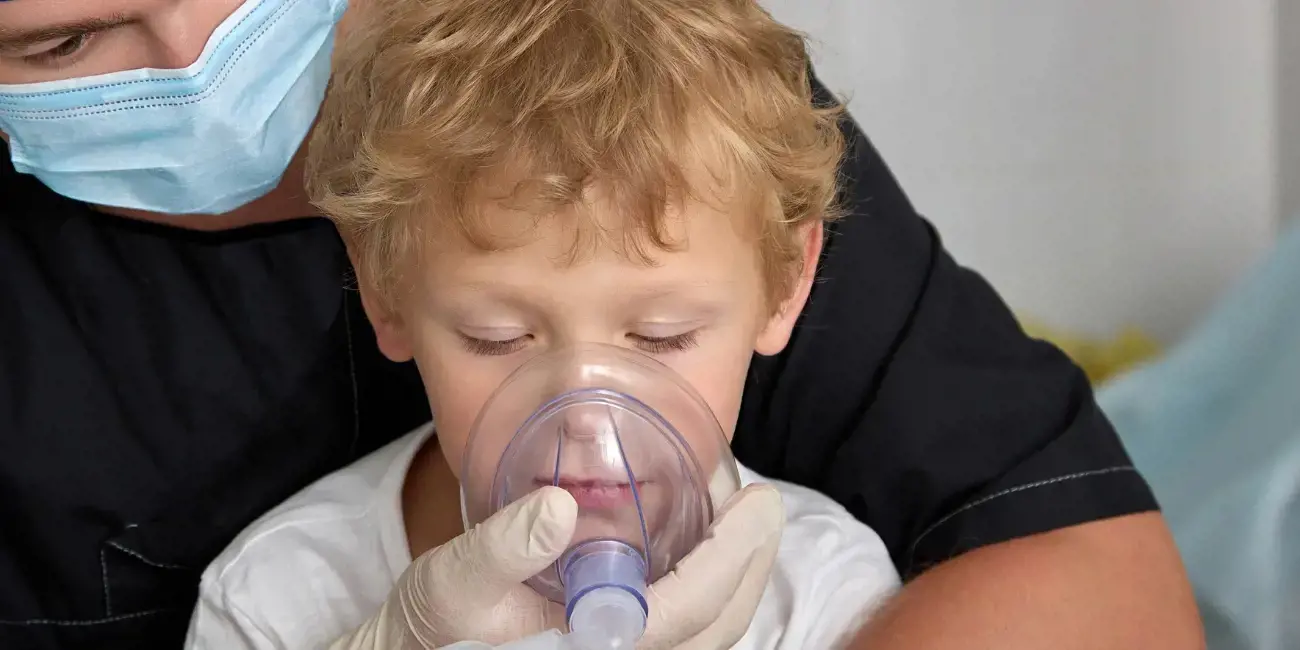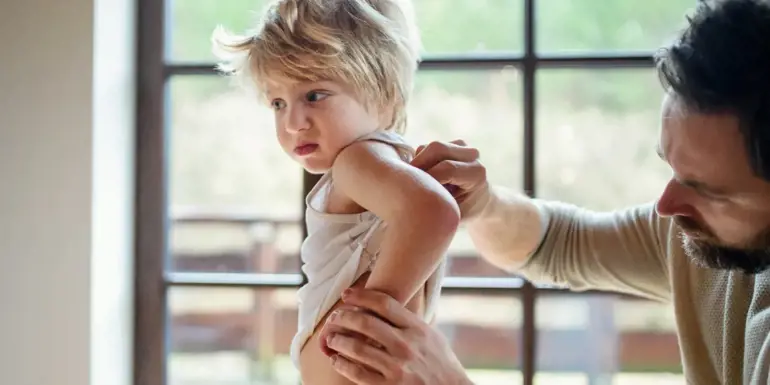It’s important to be aware of the most common illnesses that can affect young children, especially as we head into winter and out of a pandemic.
Respiratory Syncytial Virus (RSV) is tearing through our communities and we need to be aware of the signs, symptoms, and treatments to keep not only our children well but those that attend childcare with them.
RSV is a respiratory infection that commonly affects infants and young children, particularly those under the age of two. We aim to provide you with the most simple explanation of RSV, including its symptoms, prevention strategies, treatment options, how to manage it as well as when to seek medical assistance.
We also look at the exclusion period from childcare to keep everyone working and attending your service safe.
What exactly is RSV?
RSV is a viral infection that primarily affects the respiratory system, including the lungs and airways. It’s highly contagious, spreading through droplets from a cough, a sneeze, or by touching contaminated surfaces. It's important to note that children with suspected RSV can change rapidly so keeping a close eye on their symptoms is imperative.
Should you suspect that your child is going downhill, please seek medical attention.
Symptoms
RSV symptoms can vary in severity and to begin with, it may just look like the common cold. Symptoms usually appear within 4-6 days after exposure to the virus and may include:
- A persistent cough that may worsen over time
- Excessive mucous or severe congestion
- Frequent and uncontrollable sneezing
- A mild to moderate fever
- A whistling sound while breathing, often accompanied by difficulty breathing
- Loss of interest in eating or drinking
- Unusual tiredness or lack of energy
- Increased fussiness or irritability in infants and young children
Prevention
While it may not be possible to completely prevent RSV, there are several things we can do to reduce the risk of infection. As always, frequent handwashing is important. Encourage everyone in your household and childcare service to wash their hands thoroughly and frequently with soap and water.
Minimising contact with children who have cold-like symptoms is challenging, especially in the childcare sector, but if your child has any symptoms, exclude them from the service for the day and monitor them at home to ensure they’re OK to attend the following day.

Your childcare service does everything it can to regularly clean and disinfect frequently-touched surfaces, such as doorknobs, toys, and countertops but of course they can’t be everywhere when a child sneezes.
It’s important that your child understands how to cover their cough and sneeze to make sure they lessen the spread. Teach your child to cover their mouth and nose with a tissue or their elbow when coughing or sneezing.
Treatment and Management
Always seek medical assistance if your child worsens or if they have difficulty breathing rapid breathing, or bluish lips or nails.
Most cases of RSV can be managed at home with the right support and care. There are some simple strategies to help your child during their recovery, such as:
- Offer plenty of fluids to keep your child hydrated and encourage adequate rest
- A cool-mist humidifier can help alleviate congestion and make breathing more comfortable
- Relieve nasal congestion in infants with saline nasal drops
- If your child develops a fever, consult your GP or paediatrician for appropriate fever-reducing medications and dosage instructions.
To prevent the spread of RSV in childcare settings, it’s important to adhere to exclusion guidelines. Generally, children with RSV should be excluded from childcare until they have recovered and are no longer contagious. This exclusion period typically lasts about 5-8 days, but it can vary depending on the severity of the symptoms and the recommendations of your healthcare provider.



































